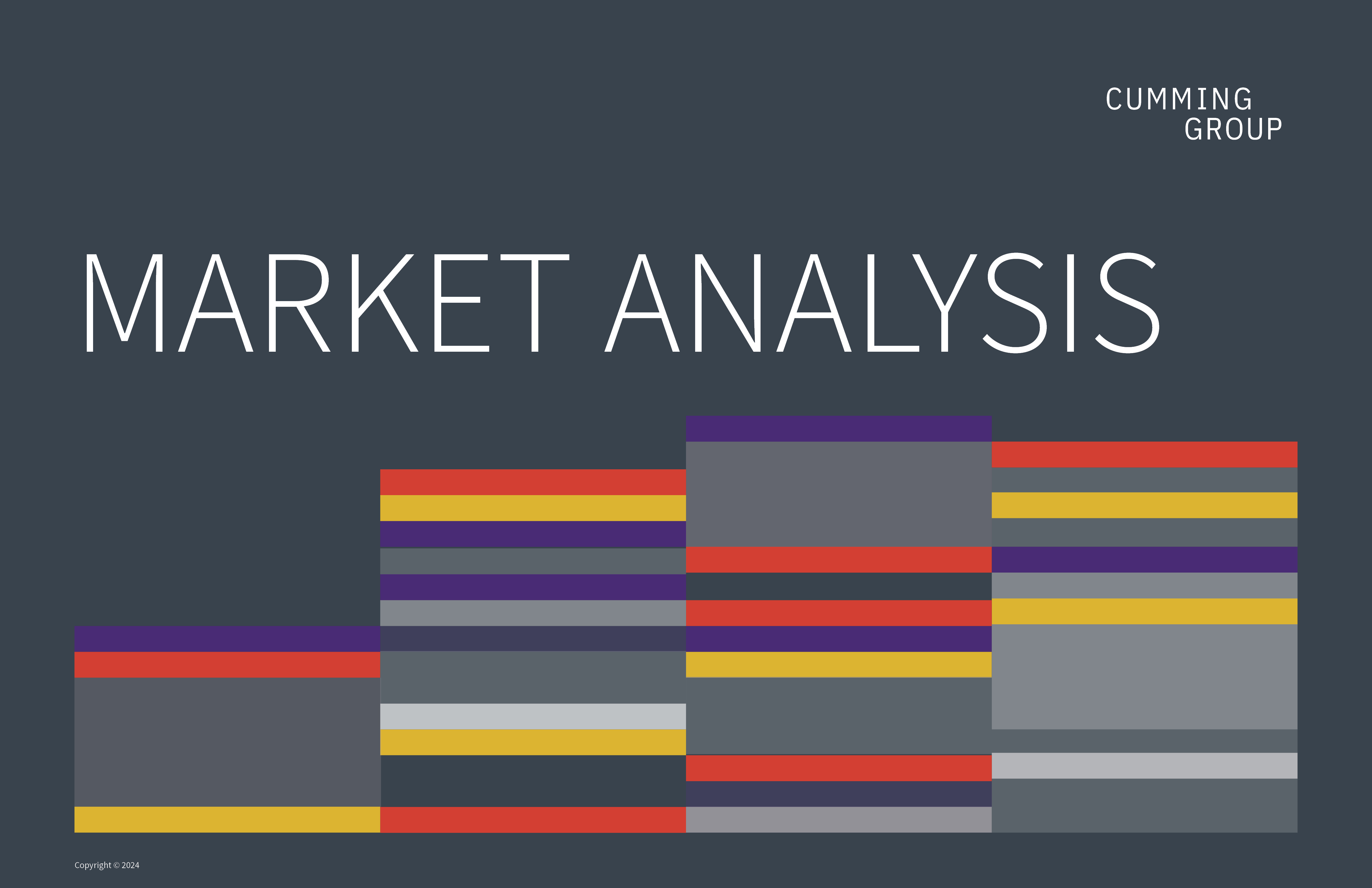Northwest
The Northwest region spans seven states – the largest of which in terms of spending are Colorado, Washington, and Oregon.
We discuss those areas extensively in our spotlight markets, so instead we would like to talk about the northern end of the Rockies and Cascades. Beyond the highlighted markets later in this report, states in the region have taken advantage of their favorable climate and geography. In these regions, Boise and Anchorage are the clear standouts.
The major projects outside of our breakout markets are data centers in Boise and upgrades to the cargo terminals of the Anchorage airport. The cool and arid climates of much of Wyoming and Idaho are ideal for building data centers, which require strict climate and moisture controls. There are 21 operating in these two states and another six working their way through the planning phase.
Venturing quite a bit northwards, Anchorage’s international airport has emerged as one of the world’s leading cargo hubs. The city sits roughly midway between factories in East Asia and markets in North America, which makes it a convenient entrepot for air freight. In response to the surge in shipping, the airport is building a new 300,000-square-foot warehouse. This stands as the largest project in the state by a considerable margin.
* Other structures include religious buildings, amusement, government communications, and public recreation projects.

Source: BuildMarket
– SIGN UP –
Receive a full version of our
construction Market Analysis
each quarter.
